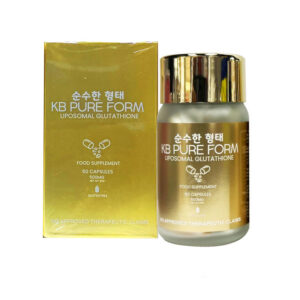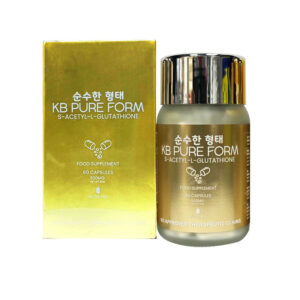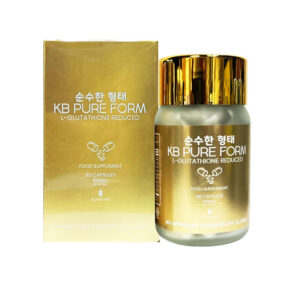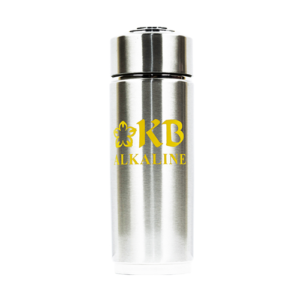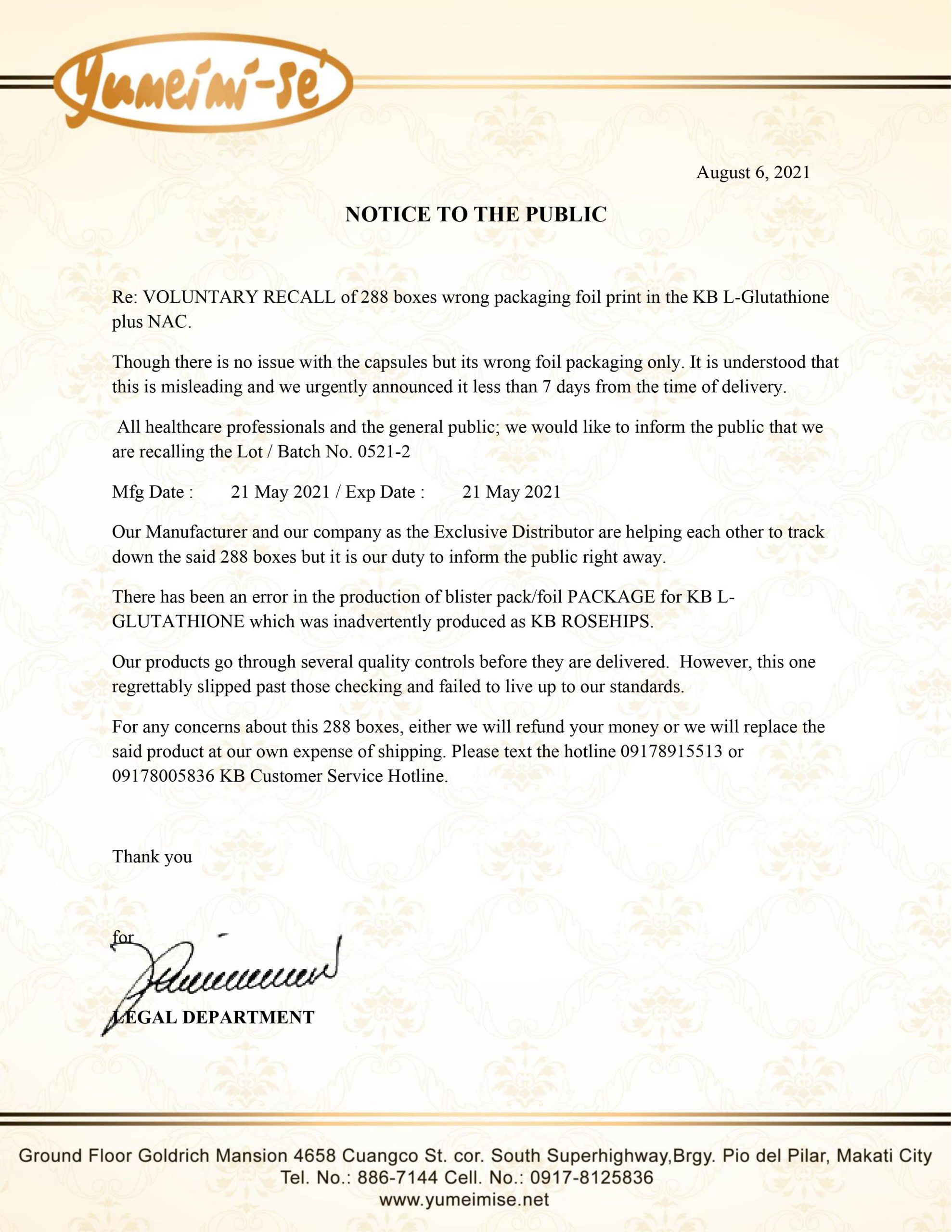Further evidence of NAC’s immune-enhancing properties comes from a study of patients infected with the
human immunodeficiency virus (HIV), one of the most deadly viruses. Geneticists Lenora Herzenberg, Ph.D.,
Leonard Herzenberg, Ph.D., and their colleagues at Stanford University, determined that patients with HIV infections and acquired immune-deficiency syndrome (AIDS) had low levels of glutathione, and that declining of glutathione levels were a better indication of life expectancy than were a decrease in CD4 immune cells. CD4 T cells are the immune cells targeted and destroyed by HIV.
The Hertzenberg’s followed 204 AIDS patients for three years. Those with normal glutathione levels in their CD4 cells generally outlived those with low glutathione levels. The Herzenberg’s gave the AIDS patients either very large doses of NAC-3,200-8,000 mg-or a placebo daily for six weeks. Patients taking NAC had increased blood levels of glutathione.
After this phase of the study, The Herzenberg’s offered NAC to all of the patients, and a majority took it for six months.Those who chose to take NAC supplements were roughly twice as likely to survive for 2 years as the subjects who did nottake NAC, explained Leonard Herzenberg.
Several years ago, researchers at the Gaslini Institute, Genoa, Italy, investigated how NAC enhances the immune response. Giovanni A. Rossi, M.D., and his colleagues studied NAC’s effect on two types of immune cells, alverolar macrophages andpolymorphonuclear leukocytes, obtained from human subjects. The macrophages were incubated by Staphylococcus aureus, a type of bacteria that causes strep throat and flesh-eating bacteria infections.
When Rossi added NAC to some of the cell cultures, the bacteria-killing properties of the macrophages and leukocytesincreased significantly. Normally, these cells react so strongly to infections that many are killed in the process. With NAC, however, the enhanced germ-killing effect of macrophages and leukocytes did not result in greater self-destruction of these immune cells.

